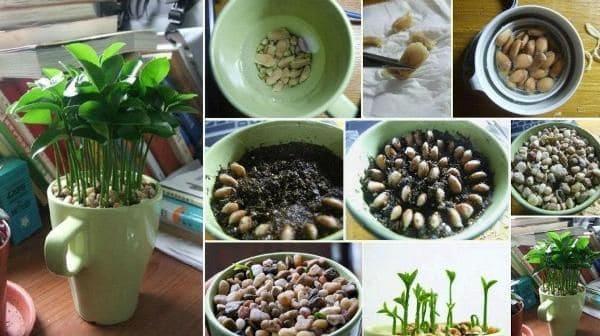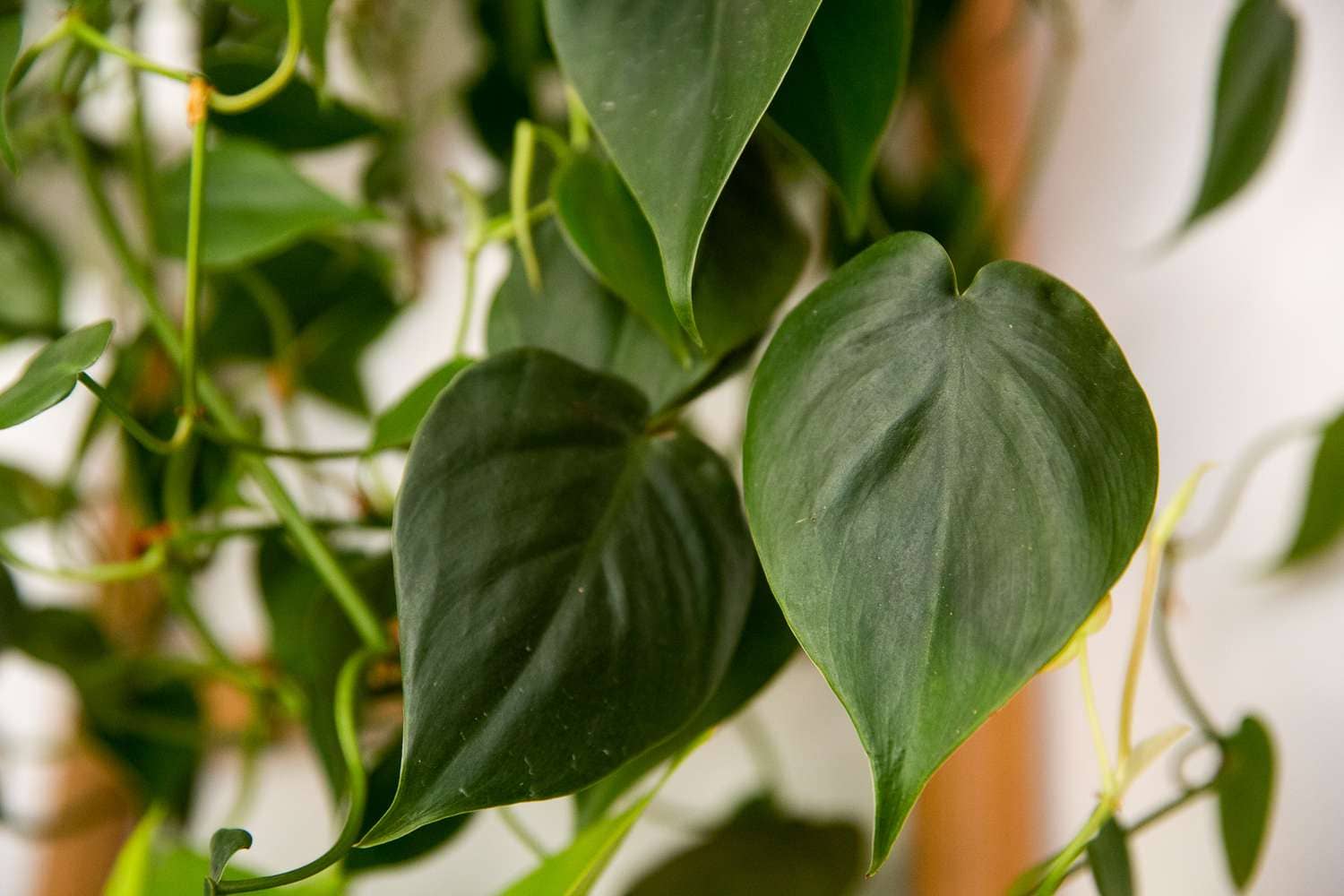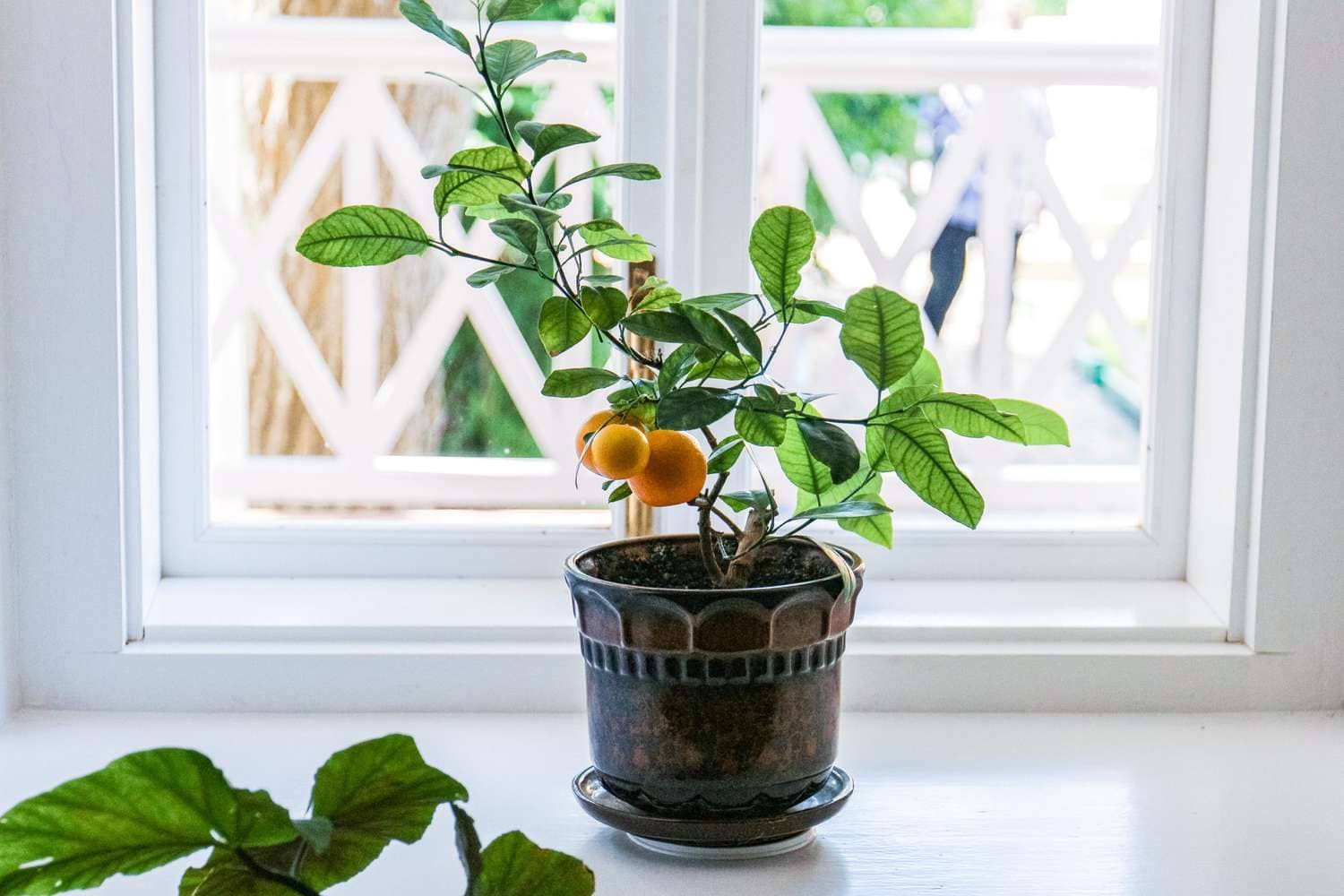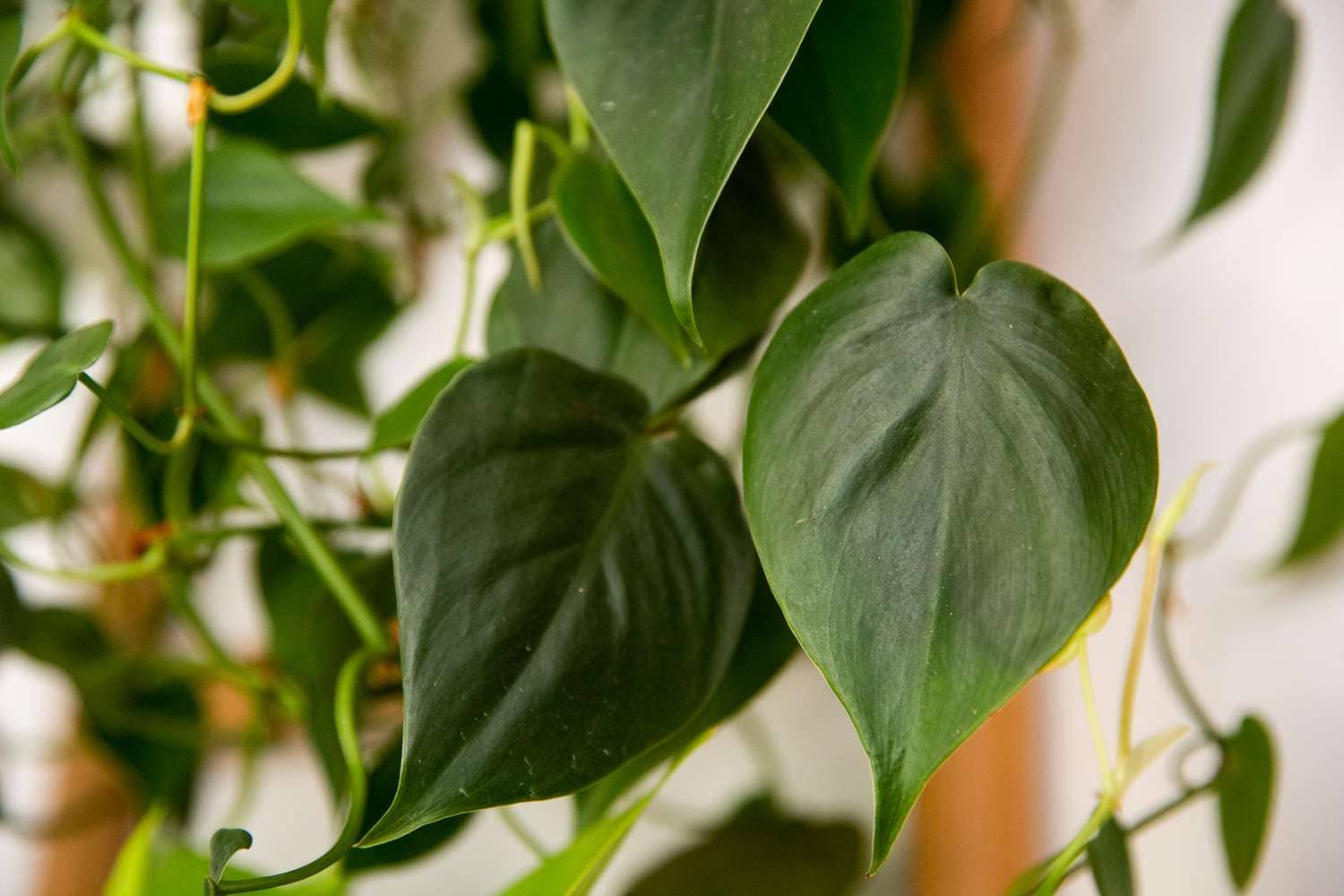If you’ve ever wanted to grow your own lemon tree, starting from a seed can be a rewarding experience. Not only do lemon trees produce beautiful, fragrant flowers and delicious fruit, but they also add a touch of greenery to your home or garden. In this comprehensive guide, we’ll walk you through the steps to plant lemon seeds and ensure they grow into healthy trees.
Why Grow a Lemon Tree from Seed?
Growing a lemon tree from seed is a fun and educational project that offers several benefits:
- Cost-Effective: Seeds are much cheaper than buying a young tree.
- Satisfaction: Watching a tree grow from a tiny seed to a fruit-bearing plant is incredibly satisfying.
- Fresh Lemons: You’ll have a supply of fresh, organic lemons right at your fingertips.
What You’ll Need
Before you start planting, gather the following materials:
- Fresh lemon seeds (preferably from organic lemons)
- Potting soil
- Small pots or seed trays
- Plastic wrap or a clear plastic bag
- Spray bottle for watering
- A sunny windowsill or grow lights
Step-by-Step Guide to Planting Lemon Seeds
1. Extracting the Seeds
Start by extracting the seeds from a fresh lemon. Choose organic lemons if possible, as non-organic ones may have been treated with chemicals that can inhibit germination. Follow these steps:
- Cut the lemon and remove the seeds.
- Rinse the seeds under lukewarm water to remove any pulp or juice.
- Soak the seeds in a cup of water for a few hours to help soften the seed coat.
2. Preparing the Soil
Lemon seeds thrive in well-draining soil. A good potting mix that includes peat, perlite, and vermiculite is ideal. Here’s how to prepare your pots:
- Fill small pots or seed trays with the potting mix.
- Moisten the soil with water, ensuring it’s damp but not waterlogged.
3. Planting the Seeds
Once your seeds are ready and the soil is prepared, it’s time to plant:
- Plant each seed about half an inch deep in the soil.
- Cover the pots with plastic wrap or a clear plastic bag to create a mini greenhouse effect.
- Place the pots in a warm, sunny location. A windowsill with plenty of sunlight is perfect.
4. Caring for the Seeds
Seedlings need consistent moisture and warmth to germinate and grow:
- Keep the soil consistently moist by misting it with a spray bottle.
- Ensure the pots are in a location that maintains a temperature of at least 70°F (21°C).
- Check daily to ensure the soil remains damp and that the seeds are not drying out.
5. Germination and Transplanting
Lemon seeds can take anywhere from two to four weeks to germinate. Be patient and keep an eye out for sprouts. Once the seedlings are a few inches tall and have a couple of sets of leaves, they can be transplanted:
- Gently remove the seedlings from the pots, being careful not to damage the roots.
- Transplant each seedling into a larger pot with fresh potting soil.
- Continue to keep the soil moist and ensure the plants receive plenty of sunlight.
Long-Term Care for Your Lemon Tree
Once your lemon tree seedlings are established, they’ll need ongoing care to thrive and eventually produce fruit:
Watering
Lemon trees need regular watering, especially during the growing season:
- Water the tree deeply once or twice a week, depending on the climate and soil conditions.
- Allow the top inch of soil to dry out between waterings to prevent overwatering and root rot.
Sunlight
Lemon trees require plenty of sunlight to grow and produce fruit:
- Ensure your lemon tree receives at least 8 hours of direct sunlight each day.
- If growing indoors, place the tree near a south-facing window or use grow lights to supplement natural light.
Pruning
Regular pruning helps maintain the shape of your lemon tree and promotes healthy growth:
- Remove any dead or damaged branches.
- Thin out the canopy to improve air circulation and light penetration.
- Pinch back the tips of young branches to encourage bushier growth.
Fertilizing
Lemon trees benefit from regular feeding to ensure they have the nutrients needed for growth and fruit production:
- Use a balanced, slow-release fertilizer formulated for citrus trees.
- Apply fertilizer every few months, following the manufacturer’s instructions.
Pest and Disease Management
Lemon trees can be susceptible to pests and diseases:
- Inspect your tree regularly for signs of pests such as aphids, spider mites, and scale.
- Use insecticidal soap or neem oil to treat infestations.
- Watch for signs of disease such as yellowing leaves or mold and treat accordingly.
Patience and Persistence
Growing a lemon tree from seed requires patience and persistence. It can take several years for a seed-grown lemon tree to mature and produce fruit. However, the journey from seed to tree is a rewarding experience that provides valuable lessons in gardening and nature.





